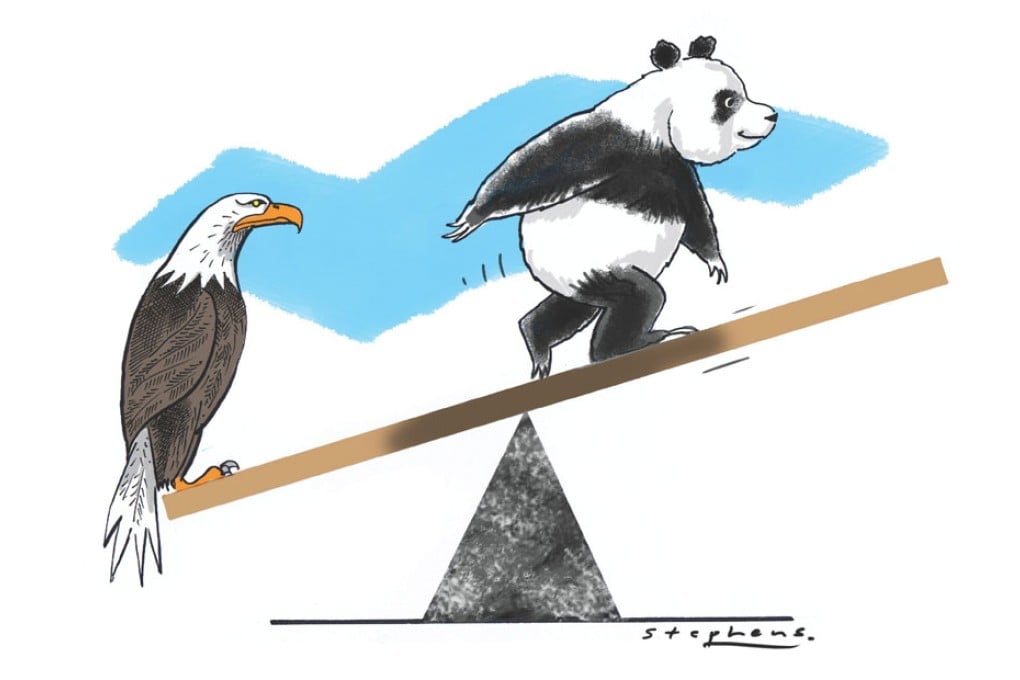The inexorable tilt to China
Andrew Leung says despite a litany of ills, China's connectivity in global production and transport, as well as the sheer size of its workforce and ambition, will ensure its rise

As Russian President Vladimir Putin stole a march on the US over Syria and as President Barack Obama saw his much- vaunted participation at the Apec summit in Bali derailed by domestic squabbles, the unspoken question is whether this may signal a global tilt away from sole American leadership.
To be sure, US military strength remains supreme. But this is not as decisive as it appears in influencing which way the geopolitical wind blows. Short of an all-out war, leaders across the globe, while welcoming a US military umbrella, tend to be more concerned with economics and employment. The question that follows concerns the power dynamics at play and, in particular, China's role.
Some scholars have expressed doubts about the decline of America and the dawn of a new Asian age. Others point to China's growing economic might.
So who is right? By last year, China's per capita gross domestic product had reached around US$6,100, compared with Japan's US$46,000 and America's US$50,000. China has vowed to quadruple its GDP by 2020. If its economy continues to shine as it has, catching up with Japan, if not the US, in 30 years is not improbable.
However, China, along with the rest of Asia, is now growing at a much slower rate. Indeed, the nation is changing course towards a slower and hopefully more sustainable pace of growth. Moreover, huge obstacles remain. Professor David Shambaugh, a senior fellow at the Brookings Institution, doubts if China under authoritarianism can achieve breakthrough innovation. The spectre of collapse, like that of the former Soviet Union, serves to reinforce political inertia, entrenched by powerful vested interests, including the military and large state-owned enterprises. An assertive nationalism born of centuries of victimhood feeds into belligerence towards neighbours.
Nevertheless, notwithstanding the familiar litany of ills, including corruption and pollution, the reality remains that the productivity of one-fifth of mankind is now being unleashed, albeit starting from a relatively low base. The following facts are instructive.
First, China is churning out some seven million university graduates a year. By 2020, it will have 195 million graduates, more than the entire workforce of the US. Already, China has become the world's top filer of patents and trademarks. The Royal Society expects it to surpass the US in scientific citations this year.